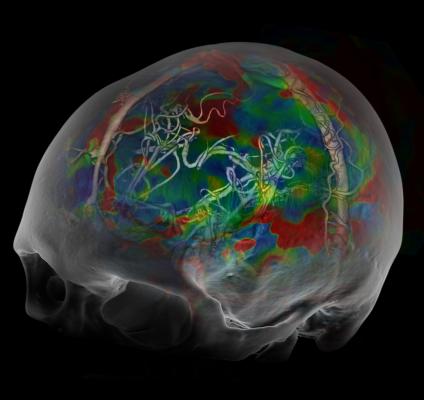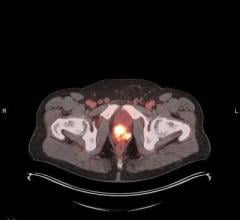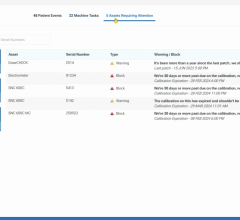
December 16, 2014 — A recently published study from Toronto, Canada found that patients who utilized 3-D SPECT were able to get a clearer diagnosis of ADHD, which is the most common psychiatric disorder in children and adults.
Published in the Journal of Neuropsychiatry and Clinical Neurosciences, the study used 3-D SPECT imaging, a nuclear medicine study that evaluates blood flow and activity levels in the brain. This research demonstrated that 3-D SPECT imaging is a beneficial tool for ruling in or out ADHD.
This study is important because of the way the SPECT scans were rendered. The 3-D renderings made the scans easier to read than the typical 2-D images, which required greater reading skills of the physicians. In the present study, 3-D thresholded SPECT scans gave a sensitivity of 83% in predicting which patients would have a clinical diagnosis of ADHD compared with a sensitivity of 10% for the conventional 2-D SPECT scans. A 10% sensitivity hardly makes SPECT scans useful for clinical psychiatric applications, which is why some researchers have criticized the use of traditional SPECT.
Daniel G. Amen, M.D., psychiatrist and founder of Amen Clinics, who is referenced in the published article but did not participate in this particular study, says, "This study points to a significant advancement in the care of people who suffer with ADHD and other psychiatric disorders. Until now, standard diagnoses in psychiatry are made primarily through talking to patients and looking at symptom clusters without any biological information. Psychiatry is the only medical specialty that virtually never looks at the organ it treats.”
For more information: www.neuro.psychiatryonline.org/doi/abs/10.1176/appi.neuropsych.12110280


 May 17, 2024
May 17, 2024 








